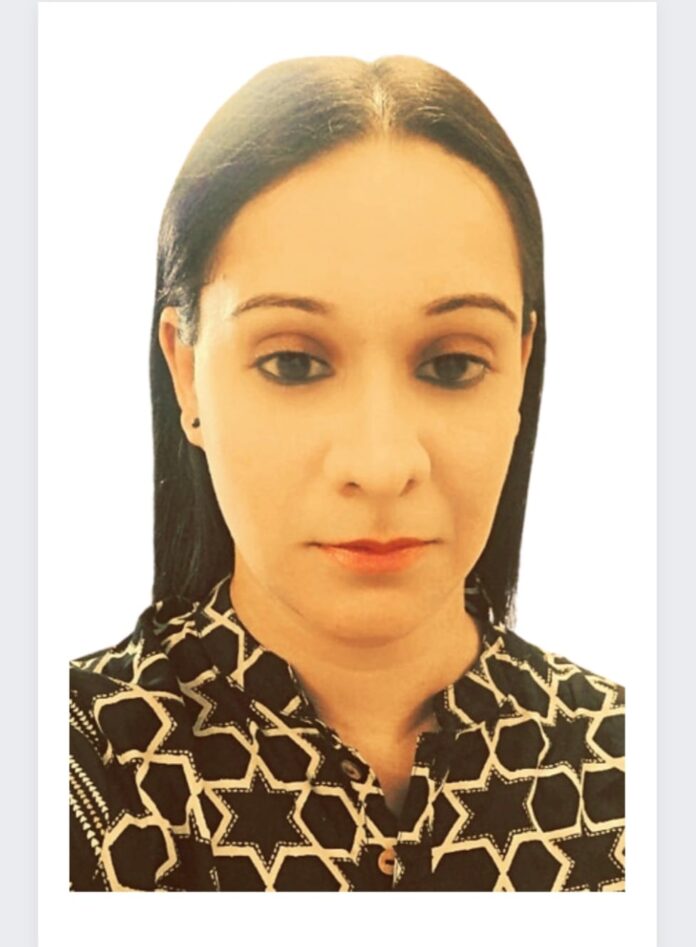What is the motive behind gender related killings and femicide?
Femicide or feminicide is a hate crime which is broadly defined as the intentional killing of women or girls because they are female. Intimate-Partner Femicide Murder of a woman by an intimate partner (i.e. a current or ex-husband/boyfriend, same-sex partner or a rejected would-be lover). Non-Intimate Partner Femicide is defined as murder of a woman by someone other than an intimate partner (i.e. stranger, family member, acquaintance etc.). The following four motives were considered :
Instrumental to identify a gender-related killing :
- the attitude that is set towards the victims is discriminatory or sexist in nature
- control of power /ownership
- the behaviour of the victim being moulded into taking instructions and obeying them
- the victim being motivated to adhere to a stereotypical gender role
Gender-related killings of women and girls require and need to be prevented through early intervention and risk assessment and ensuring that women and girls have access to survivor-centered support and protection as well as by improving gender-responsive policing and justice services. These killings highlight several aspects of motives leading to an increase on incidents of rape, sexual assault, insult to modesty, kidnapping, abduction, cruelty by intimate partner or relatives, trafficking, persecution for dowry, dowry deaths, indecency, and all other crimes listed in Indian Penal Code. Number of gender-related violent deaths in India (2016-2021 ) include factors like Honour killings Murders related to witchcraft accusations Murders related to dowry motives Dowry deaths (as per Section 304B of the Penal Code). Every life lost to femicide tears a hole in the fabric of our communities. We honour their lives and commit to making change to prevent future femicides.
What according to you are the obstacles of women’s economic empowerment?
Multiple constraints act as an impeditent on women’s economic empowerment in a civic society. Women are positioned to get access to several resources and being equally capable. However the lack of progress for women in the economic domain, despite increasing educational attainment, can be attributed to a range of constraints. This is primarily because of the decline in women’s labour force participation, particularly in South Asia. This is often explained and correlated to by their increasing or decreasing participation in education. While this may partly be the raeson, there are a range of factors at play, including the lack of decent work opportunities for women and the mechanization of agriculture. This lack of decent quality work also creates a ‘discouraged worker effect’, which is another contributing factor to women’s low labour force participation. Besides there are many prevailing discriminatory social norms around women’s roles and capabilities also restrict their ability to engage in paid work. The concentration of women in vulnerable forms of employment is defined as in direct proportion to the progress in increasing the number of decent jobs in the region. The lack of decent jobs means that women and men are forced into poor-quality work, often in the informal economy. The unequal sharing of unpaid care and domestic work is a significant barrier to women’s economic participation. Many young girls and women spend as much as eleven times more of their day than men and boys on unpaid care and domestic care work, although there is some variation across Asia. For the countries where data is available, women undertake the greatest share of unpaid care and domestic work in Pakistan, followed by Cambodia and Turkey. The share of unpaid care and domestic work undertaken by women in Australia, the Kyrgyz Republic and New Zealand is less than the rest of the region, but still disproportionate at nearly twice the time spent by men.
What are the components of Social Justice?
Social justice cannot be achieved without breaking the barriers of fear and ensuring the participation of all people, in all spheres and levels of society. Social Justice is centred on the principles of equality, equity, rights and participation. Women with disabilities are at a double disadvantage because of their gender and disability and have limited access to adequate housing, health, education, vocational training and employment. Wars, severe economic decline and the collapse of essential public services in several countries affected by conflict have taken their toll on social justice, leaving millions of people to fend for themselves amidst threats to their lives, well-being and dignity. Social justice requires the elimination of institutionalized domination and oppression. The importance of reducing inequalities, and of linking equality, inclusiveness are also a part of social justice in a civic and reformative society meant to establish peace and brotherhood in society. These global Goals, which promise an improved world that ‘provides access to the tenets of dignity and humanity ’, cover a broad range of targets and indicators guaranteeing that every person has equal rights and opportunities for a dignified life.
What are the practices for gender equality?
Activities should critically reflect about masculinity and gender norms. This includes discussion of understanding how gender is socially constructed as opposed to being biologically determined and how this affects and structures relationships, power and inequity. The themes and discussions should be connected to real life: reflecting how gender norms affect the men and boys themselves and their partners and families. At least some of the sessions involve personal reflections and discussions about how these issues affect their own lives. This can be interconnected to real life through participatory sessions using role-playing, guided imagery, case studies and activities like real-life situations with questions on “what you would do” in this situation. There must be health services such as screening for sexually transmitted infections, vasectomies and HIV testing, emphasis must be laid on individual and couple counselling .home visits and telephone counselling. Most of the health programmes reviewed must also be either related to reproductive health (providing family planning counselling, information or services) or reached fathers. Increase female labour market participation and economic independence of women and men. Bridging the gender pay, earnings and pension gaps and thus fighting poverty among women. Promote equality between women and men in decision making. Combating gender-based violence and protecting and supporting victims. These are few good practices.
What according to you is the prime reason for increase in crime rate against women?
Many women are not safe outside their homes and why outside they are not safe even inside their homes. Many such cases have come to the fore in which the accused has committed the crime in the house of the victim. Child marriage, death of women during childbirth, economic dependence of women, giving more importance to boys than girls, malnutrition and lack of health services etc. are responsible for unequal sex ratio, decrease in average age of women and excess of death rate are still issues that are plaguing the world. People with a specific mindset so indulge in minor activities first and their family, relatives and neighbors are aware of this act, but they do not highlight this. This is the reason that later these people carry out some big incident. Not enough promotion and dissemination of access to education is emphasised on, disparity in economic growth, less measures to prevent corruption in the world are some of the reasons that attribute to the increasing crime rate as well. Due to the pathetic condition of women and the object of consumption, they are constantly subjected to exploitation, violence and atrocities that inflicted upon them. Women who are illiterate, not aware of their rights are affected the most. Besides, lack of ownership also leads to unawareness of reportung incidents of crime.
-© Mayaa SH






















